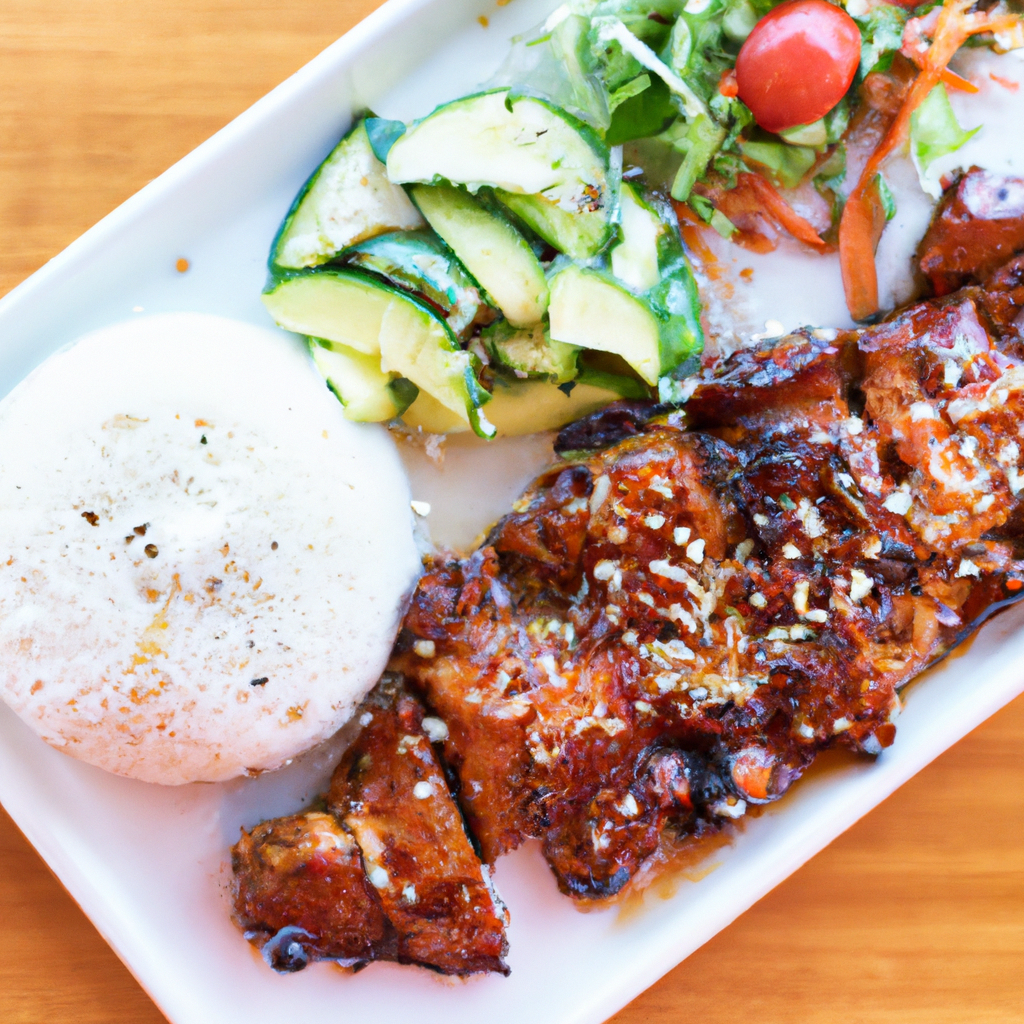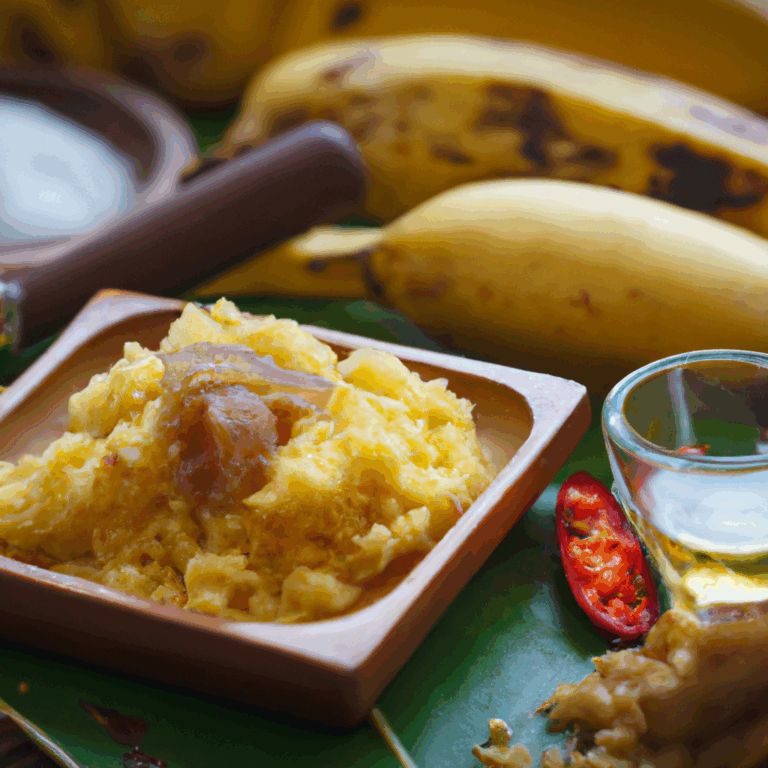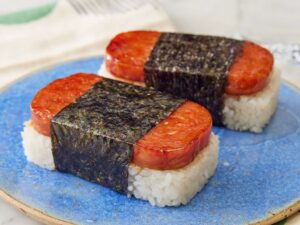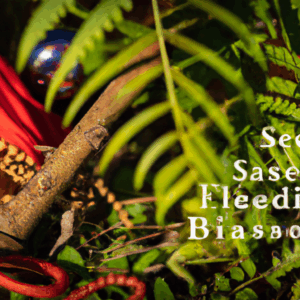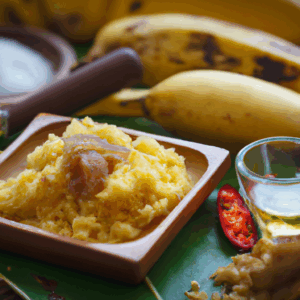The Rise of the Plate Lunch: A Hawaiian Fusion Classic
When it comes to Hawaiian cuisine, one dish stands out above the rest – the plate lunch. This beloved meal has its roots in the diverse culinary traditions that have shaped Hawaii over the years, resulting in a unique fusion of flavors and ingredients. The plate lunch has become an iconic dish that represents the melting pot of cultures that make up Hawaii’s population. In this article, we will delve into the history of the plate lunch, explore its key components, and discuss why it has become a staple in Hawaiian cuisine. So, grab a fork and join us on a delicious journey through the world of the plate lunch!
The History Behind the Plate Lunch
The plate lunch has humble beginnings, originating in the sugarcane plantations of Hawaii in the late 19th and early 20th centuries. Immigrant laborers from Japan, China, the Philippines, Portugal, and Korea worked long hours in the fields and needed a hearty meal to sustain them throughout the day. The plantation owners would serve a simple yet satisfying meal consisting of two scoops of rice, a protein such as teriyaki beef or fried chicken, macaroni salad, and a side of vegetables on a compartmentalized plate. This affordable and filling meal quickly gained popularity among the workers and eventually spread to other parts of the islands.
The Components of a Classic Plate Lunch
Nowadays, the plate lunch has evolved to include a wide variety of proteins, side dishes, and flavors, reflecting the diverse cultural influences that have shaped Hawaii’s culinary landscape. While rice remains a staple in every plate lunch, the protein options have expanded to include favorites like kalua pork, loco moco, and garlic shrimp. Side dishes like macaroni salad, kimchi, and lomi lomi salmon add extra layers of texture and taste to the meal. The beauty of the plate lunch lies in its customizable nature – diners can mix and match different components to create a meal that suits their preferences.
The Popularity of the Plate Lunch
Over the years, the plate lunch has gone from a simple plantation meal to a beloved culinary tradition that is enjoyed by locals and visitors alike. A plate lunch is more than just a meal – it is a reflection of Hawaii’s cultural heritage and a celebration of the island’s diverse flavors. Today, you can find plate lunch spots all over Hawaii, from roadside food trucks to upscale restaurants, each putting their own unique spin on this classic dish. Whether you’re craving traditional Hawaiian flavors or want to try a modern fusion twist, the plate lunch has something for everyone.
The Future of the Plate Lunch
As Hawaiian cuisine continues to gain recognition on the global stage, the plate lunch is poised to become a culinary sensation beyond the shores of Hawaii. Chefs and food enthusiasts around the world are experimenting with new interpretations of the plate lunch, infusing it with modern cooking techniques and international flavors. While the classic plate lunch will always hold a special place in the hearts of Hawaiian locals, its adaptability and versatility make it a dish that is constantly evolving and reinventing itself. No matter where the future takes the plate lunch, one thing is for sure – its delicious essence will always remain a symbol of Hawaii’s rich and vibrant food culture.
Conclusion
In conclusion, the plate lunch is more than just a meal – it is a cultural icon that represents the diverse influences that have shaped Hawaiian cuisine over the years. From its humble origins on the sugarcane plantations to its status as a beloved comfort food, the plate lunch has truly stood the test of time. As you savor the flavors of a classic plate lunch or experiment with new variations, remember the history and heritage that are woven into every bite. The plate lunch is not just a dish – it is a celebration of Hawaii’s vibrant culinary traditions and a testament to the power of food to bring people together.
